How Proper Lumber Grading Can Maximize Your Timber Yield
- September 20, 2024
- 0 comment
When it comes to getting the most out of your timber, the key lies in understanding how to properly grade lumber. It’s not just about cutting down a tree and turning it into boards, how you assess the quality of each piece can make a big difference in the overall yield. Lumber grading helps ensure that every piece of wood finds its best possible use, maximize timber yield and reducing waste.
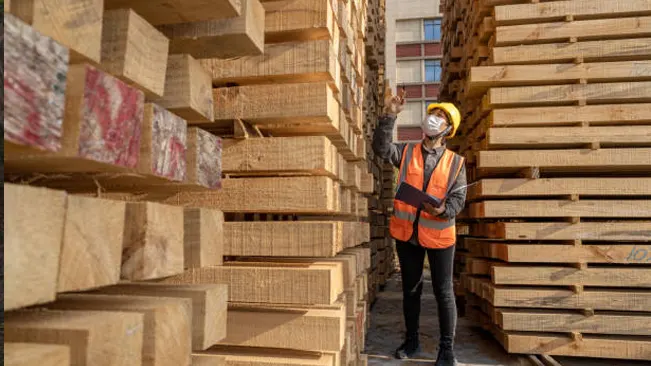
If you’re involved in the forestry or lumber industry, or even if you just want to make sure you’re getting the most out of your wood resources, understanding the basics of lumber grading is essential.
What is Lumber Grading?
Before we go into how grading can maximize your yield, let’s start with what lumber grading really is. At its core, lumber grading is the process of evaluating a piece of wood to determine its quality, strength, and suitability for various uses. This isn’t just about aesthetics, it’s about making sure each board is used in a way that maximizes its potential, whether that’s for construction, furniture, or something else.
So, what are the different types of lumber grades? Let’s break them down.
Types of Lumber Grades
There are a few different grading systems in place depending on the type of wood and its intended use. Each type has its own purpose, and knowing the difference can help you make better decisions about how to process your timber.
1. Softwood Grading
So, let’s start with softwoods—trees like pine, spruce, and fir. These are great for construction because they grow quickly and have the strength needed for things like beams and framing. When we grade softwood, we’re mostly checking how well it can support weight and handle pressure, which is key when you’re building something solid.
2. Hardwood Grading
Hardwoods, such as oak, maple, and cherry, are typically graded for appearance rather than strength and are often used for furniture and flooring.
The look of the grain and the presence of defects like knots or discoloration are key factors in grading. Higher-grade hardwoods are used for fine furniture, while lower grades might be suitable for less visible structural purposes.

3. Structural Grading
When it comes to structural grading, the focus is really on whether the wood can handle the heavy lifting. Whether it’s softwood or hardwood, this grading is all about making sure the wood can bear loads and won’t fail under stress. You’re looking for things like cracks or knots, making sure the grain lines up well, so the wood can be used in something like a house or bridge with confidence.
4. Appearance Grading
Appearance grading is all about how the wood looks. This is typically used for pieces that will be visible once a project is completed, like wall paneling, cabinetry, or flooring.
The fewer defects, the higher the grade, and the higher the market value. Even minor imperfections can lower a board’s grade, but that doesn’t mean it’s useless. Appearance grading helps assign wood to the best possible use based on how it looks.

The Process of Lumber Grading
Now that you know the types of lumber grades, let’s talk about how the grading process works. It’s more than just a quick glance—there are specific steps that need to be followed to ensure accurate grading. These steps can be broken down into three main categories: visual inspection, machine grading, and moisture content testing.
1. Visual Inspection
This is the most common and straightforward method of grading lumber. It involves inspecting the wood for visible defects such as knots, splits, warping, or discoloration.
Visual grading ensures that defects are identified and that the lumber is appropriately classified for its intended use. For instance, a visually perfect board would be graded higher than one with several knots, which might be better suited for structural use rather than furniture making.
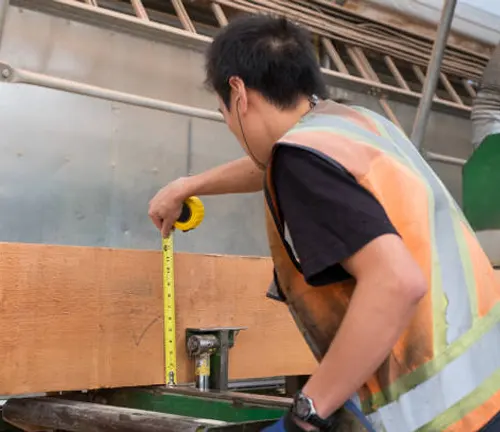
2. Machine Stress Grading
In addition to visual inspection, some lumber is put through a process known as machine stress grading. This involves using machines to test the structural integrity of the wood. By applying pressure and measuring the wood’s response, machines can accurately determine the strength of the lumber, making it easier to assign a structural grade.
3. Moisture Content and Dimensional Accuracy
Maintaining proper moisture content is crucial to the grading process because wood expands and shrinks based on its moisture level. This can impact both the structural integrity and appearance of the wood. Graders use moisture meters to ensure accuracy and also check dimensions to make sure the boards meet the required size specifications before processing and selling.
How Lumber Grading Maximizes Timber Yield
Lumber grading isn’t just about slapping a label on a piece of wood—it’s an essential part of making sure that you’re getting the most value from every log. Proper grading can help in several ways.
1. Grading Ensures the Best Use for Each Grade of Wood
Each grade of wood is suited to different applications. High-grade wood, which is free from defects, is ideal for high-end furniture or flooring. On the other hand, lower-grade wood might be used for structural purposes or even as wood pulp for paper production.
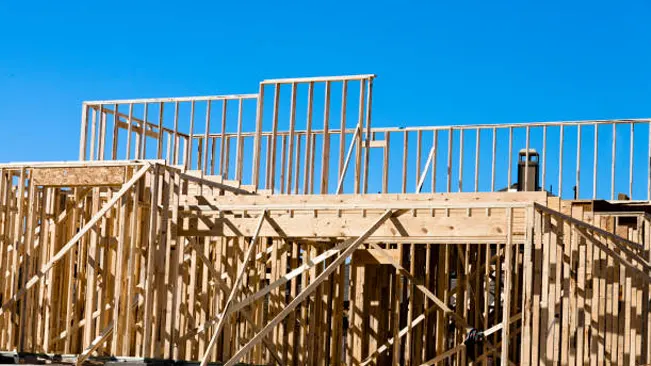
By correctly grading the wood, you ensure that every part of the tree is put to its best use, maximizing your overall yield.
2. Grading Reduces Waste
One of the key benefits of proper grading is that it helps reduce waste. Instead of discarding wood that doesn’t meet certain standards, you can redirect it to other applications. For example, wood that might not be suitable for appearance-grade products could still be used in construction, where its visual defects are less important.
3. Grading Improves Efficiency in Processing
Grading early in the process allows you to make more informed decisions about how to mill and process the wood. For example, if you know that a log is only suitable for structural use, you can avoid spending time and resources trying to turn it into high-end furniture-grade lumber.
4. Grading Enhances Market Value
High-grade lumber fetches a higher price in the marketplace, but even lower grades can be profitable if they’re used efficiently. By grading your lumber properly, you can ensure that every piece of wood is sold at the highest possible value, which ultimately increases your profitability.
Best Practices for Effective Lumber Grading
To maximize timber yield through lumber grading, you need to follow best practices to ensure that your grading process is as efficient and accurate as possible.
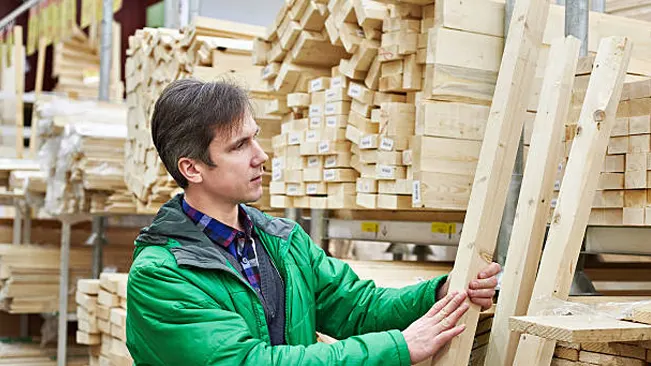
1. Training and Skill Development
Proper lumber grading requires a skilled eye, so investing in training for your team is crucial. Even though grading might seem straightforward, the more experienced your team is, the more accurate and effective the grading process will be.
2. Use of Advanced Grading Technology
While visual grading is still the norm, technology is rapidly advancing. Automated grading systems, such as machine stress grading, can increase both the speed and accuracy of the grading process. By adopting these technologies, you can improve efficiency and consistency in your grading.
3. Consistent Quality Control
Grading is not a one-time process. Consistent quality control is key to ensuring that your grading standards are being upheld over time. Regularly reviewing your grading processes and checking for inconsistencies will help maintain high standards and maximize your yield.
Challenges in Lumber Grading
As effective as lumber grading can be, it’s not without its challenges. Inconsistent grading standards, high costs, and the need for specialized training are just a few of the hurdles you might face.
Inconsistencies in Grading Systems
Different regions and industries use different grading systems, which can create confusion and inconsistencies. It’s important to standardize your grading practices based on your market to ensure that your product is understood and valued correctly.
Cost and Time Constraints
Grading lumber takes time and resources, particularly if you’re using manual methods or need to train staff. While grading is essential for maximizing yield, it does come with upfront costs that need to be considered.
Training and Technology Adoption
Training staff to properly grade lumber and investing in technology can be expensive. However, the long-term benefits of accurate grading—such as increased yield, reduced waste, and higher market value—far outweigh the initial costs.
Conclusion
Lumber grading is one of the most effective tools for maximizing timber yield. By categorizing each piece of wood based on its quality, strength, and appearance, you can ensure that every log is used to its full potential. Whether you’re using high-grade lumber for fine furniture or redirecting lower-grade wood to construction projects, proper grading helps reduce waste, improve efficiency, and boost market value.’
Investing in training, technology, and consistent quality control will ensure that your lumber grading practices are optimized, leading to higher profits and better use of your timber resources.
Frequently Asked Questions (FAQ’s)
- What is lumber grading?
Lumber grading is the process of evaluating and categorizing wood based on factors like quality, strength, and appearance to determine its best use and maximize timber yield. - Why is lumber grading important?
Grading ensures that each piece of wood is used for its most appropriate application, helping reduce waste, improve processing efficiency, and increase profitability. - What are the main types of lumber grades?
The main types of lumber grades are softwood grading, hardwood grading, structural grading, and appearance grading, each focusing on different aspects like strength and visual quality. - How does proper lumber grading maximize timber yield?
Proper grading allows you to categorize wood for the right uses, reducing waste and ensuring the highest value for each grade, ultimately increasing the total timber yield. - What is the difference between softwood and hardwood grading?
Softwood grading focuses on structural strength and is used mainly in construction, while hardwood grading is typically based on appearance and is used in furniture and decorative applications. - What tools are used in lumber grading?
Lumber grading uses both visual inspection and machine-based tools, such as stress grading machines, to assess the wood’s quality and strength. - How does moisture content affect lumber grading?
Moisture content affects the wood’s dimensions and structural integrity, making it crucial to measure and control moisture levels to ensure accurate grading and proper use. - Can technology improve the lumber grading process?
Yes, technologies like automated grading systems and machine stress grading can improve the speed, accuracy, and consistency of the grading process. - What are the challenges of lumber grading?
Challenges include inconsistencies in grading systems, the cost and time required for proper grading, and the need for ongoing training and technology adoption. - How does lumber grading improve market value?
Grading helps ensure that higher-quality wood is sold at premium prices while lower-grade wood is directed to appropriate uses, enhancing overall profitability and market value.

Jordan Blake
Forestry AuthorJordan Blake is a forestry expert with over 15 years of experience in arboriculture and community education. Passionate about sustainable forest management, Jordan regularly writes for Forestry.com and Tree Care Magazine. Holding certifications in tree health assessments and urban forestry management, Jordan conducts workshops to educate the public on sustainable practices. Jordan has a degree in Environmental Science and enjoys hiking and photography in their free time.


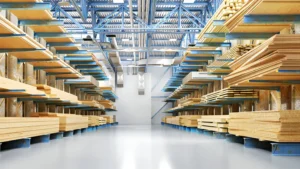

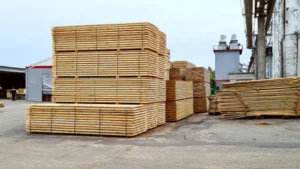
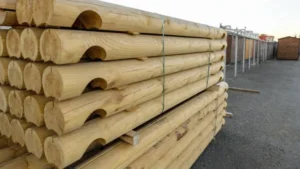


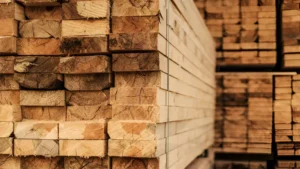




Leave your comment